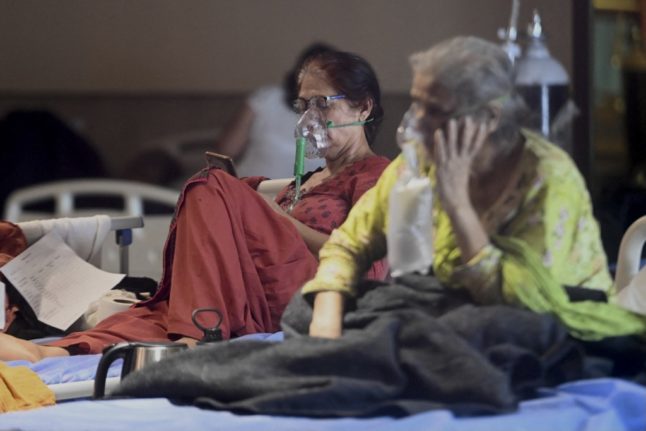So you’ve moved to Sweden and mastered the hejsan greeting, the art of the fika (coffee break), and the best way to spread the prawn cheese.
But have you noticed how well the locals dress? Swedes are very sartorially aware, says the 30-year-old Kamboj, who believes foreigners would be well-advised to put plenty of thought into their fashion choices.
“I think clothing is very important for integration because people in Sweden are so beautiful, so stylish. They pay a great deal of attention to choosing their outfits. It’s a code that I think newcomers need to take into consideration if they want to meet Swedish standards and gain acceptance,” he tells The Local Voices.
Since moving to Sweden in 2011 Kamboj has thrived in his professional life, but he was unprepared for some of the barriers to integration.
“People will always form an impression of you at the first or second glance.”
“I think to be attractive and accepted in Sweden, you need to be pay attention to your appearance. You will need to open doors, and if you are stylish those doors will be opened.”
The IT expert says he wants to “raise awareness regarding clothing and integration among newcomers”.
His insights stem from some of his more cringeworthy experiences since moving to Sweden. For example, he now advises fellow Indians to switch jackets after eating a strong-smelling curry after Swedish friends remarked on the powerful odours they carried with them back to the office.
Rather than take offence, he reckons that adhering to these kinds of unwritten rules about what not to wear is “a sign of respect and flexibility which helps in gaining acceptance.”
“When foreigners visit India whether for tourism, or for whatever reason, we expect them to respect our traditional customs and values.”
“I think Swedes expect the same attitude from newcomers to their country: you don’t need to be a replica Swede, but by accepting the basic rules, you will be accepted. Otherwise you could end up alone.”
Aside from the occasional fashion faux-pas, Kamboj has no regrets about opting for Sweden when given the choice of moving to his Indian employer’s US or Swedish offices.
“I chose Sweden for its mesmerizing nature and for the low crime rates compared to those of the US,” he recalls.
“I googled Sweden and knew a lot about it. However, I didn’t know anything about integration, and almost nothing about clothing.
Note: Deepak 's story is also featured in MIG Talks, a joint communications effort initiated by the Swedish Migration Agency. Read more here (in Swedish).”
READ ALSO: Beyond berry pickers and coders: Sweden’s overlooked migrant workers

Photos: Tomislav Stjepic, Migrationsverket/MIG Talks
Did you like this story?
Help improve The Local Voices by clicking here to complete a reader survey.




 Please whitelist us to continue reading.
Please whitelist us to continue reading.